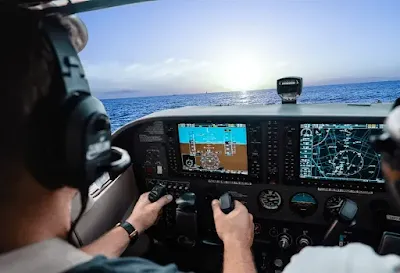Helicopter Airframe and Fuselage
Flying Training, Helicopter InstructorAirframe Airframe discussions should explain that the airframe, or structure, of a helicopter can be made of different types of material. Figure 1 is an example of the many different materials that are used in the construction of a helicopter. Figure 1. Airframe materials The importance of learning the structures and construction materials of the […]









